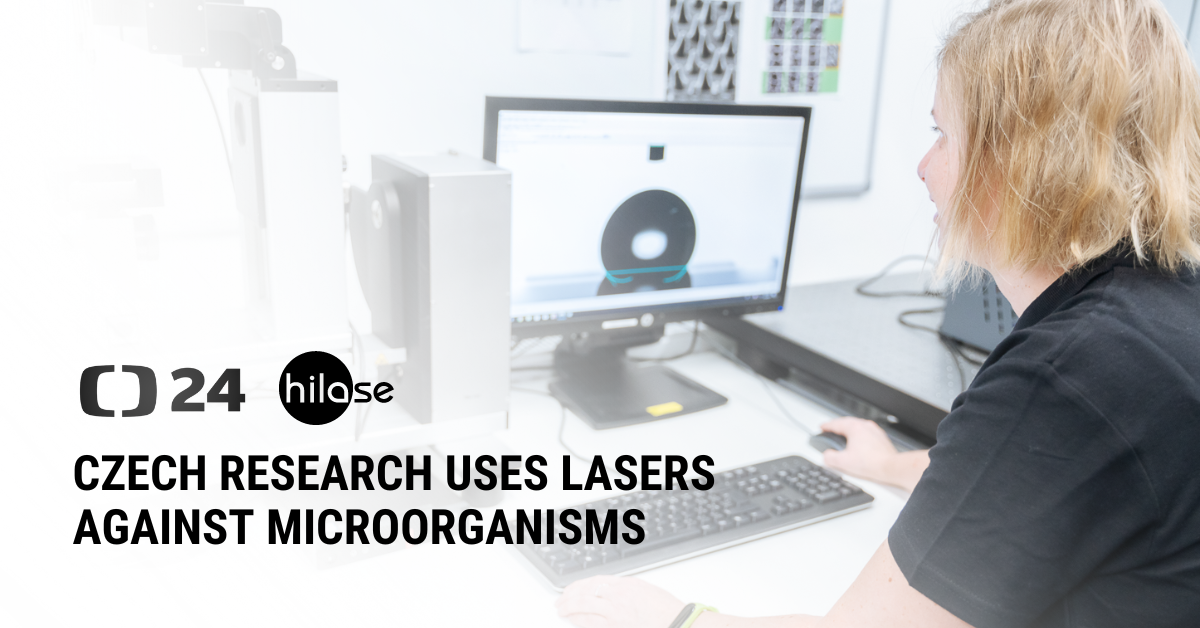The development of microorganism-repellent surfaces in cooperation between the HiLASE Centre and BIOCEV was reported on in an article on the Czech Television 24 website. It describes how biofilms are formed, explains why they are a problem in healthcare and introduces readers to how laser nanostructuring creates them.

“Czech scientists are developing new surfaces that prevent microorganisms from adhering. They are working on laser technologies that can suitably modify the surface at the microscopic and nanometre level. The research has the potential to raise hygiene standards in healthcare and prevent the spread of dangerous antibiotic-resistant bacteria, as surface communities called biofilms often contaminate medical equipment or damage industrial facilities.”
This research collaboration is one of the focuses of the LasApp (Laser Technologies for Smart Manufacturing, Space and Bio-Tech Applications) project, which is dedicated to the development and use of state-of-the-art fibre and thin-disk lasers for applications in engineering, medicine and defence systems. Thanks to this project, the HiLASE Centre’s laser micromachining team led by Petr Hauschwitz has joined forces with Professor Zdena Pálková’s research group (BIOCEV) to develop nanostructured surfaces for biomedical applications that will repel a wide range of microorganisms.








